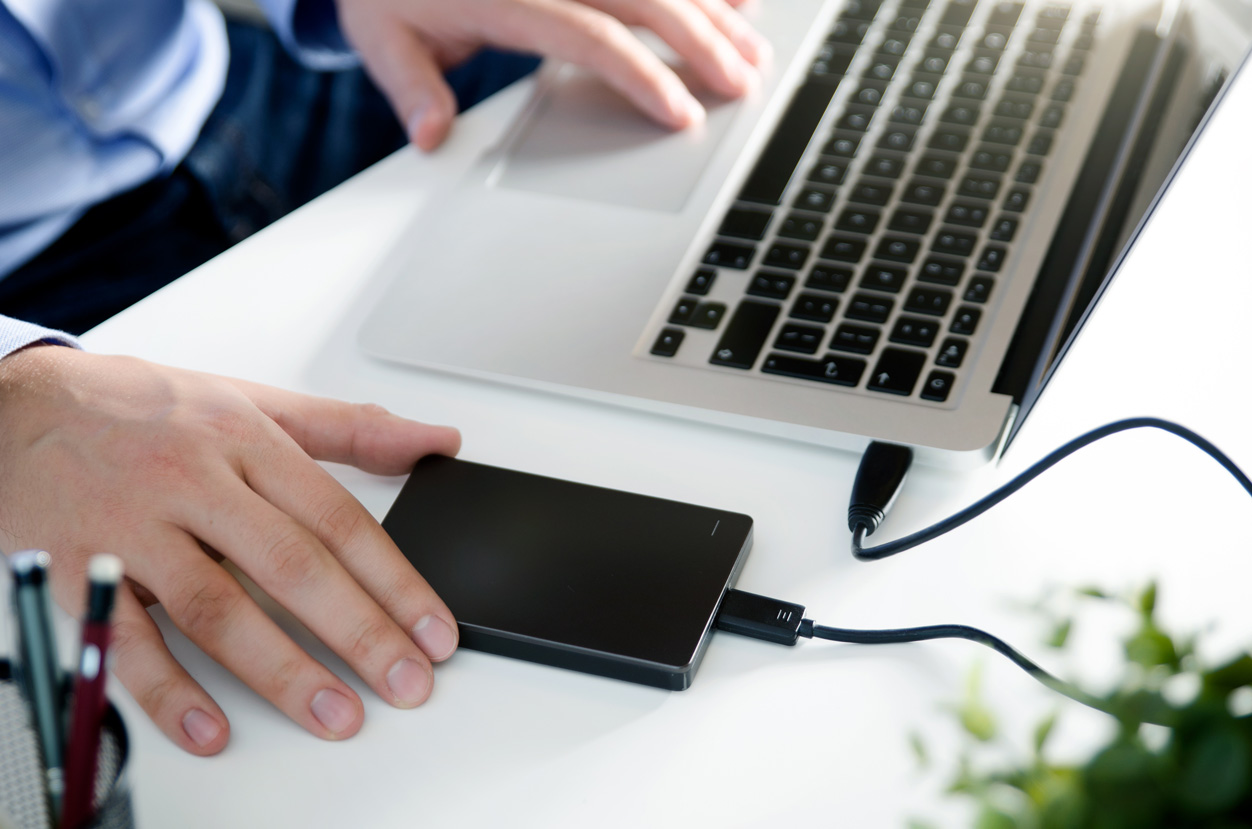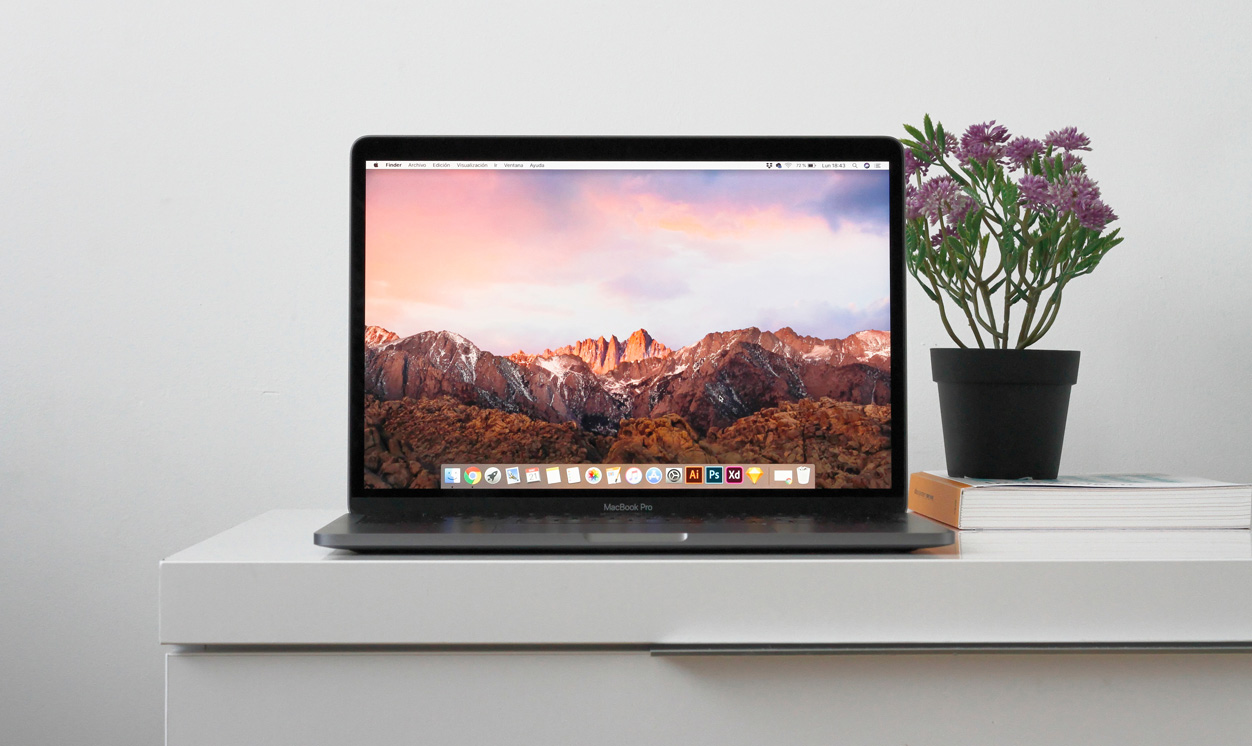How to Make Your Computer Faster
- Get link
- X
- Other Apps
How to Make Your Computer Faster
When your computer is running slow, there is nothing more frustrating, but it may be out of the question to purchase a new laptop. Before you give up, there are various things you can check to make sure your computer is running as efficiently as possible. Here are a few ways you can make your computer faster. Read through the detailed list or check out our infographic for a summary of ideas.
1. Check Your Hard Disk Space
It’s a good rule of thumb to keep your hard disk 15% free. If you see that your hard disk is almost full, you can remove some programs and files to improve speed.
PC: There are cleanup programs that can aid you in freeing up hard drive space by deleting temporary files, clearing browser history, deleting cookies, cleaning up the Windows registry and defragmenting your hard disk. Panda Cleanup allows you to try the first month out for
2. Close Unused Tabs
If you have been working on a large project and have a million tabs, it may be helpful to close these and restart your browser. Most browsers have an option to restore previous tabs once you’ve restarted or condensed.
3. Delete or Remove Large/Unnecessary Files
Any temporary files that were used in an installation process, caches and cookies from the internet can take up a lot of space on your hard disk.
Mac: Download CCleaner to find and delete temporary files on your hard disk.
PC: Click Start > All Programs > Accessories > System Tools > Disk Cleanup.
4. Restart Your Computer
When your computer is left on, background programs and apps can take over memory. Restarting your computer can refresh memory and allow for proper installments to update. It’s important to shut down or restart your computer at least once a week to keep things running smoothly.
 5. Backup Your Data
5. Backup Your Data
If you feel like your computer stores your entire life of memories, it might be a good idea to backup your data.
A few ways to backup your computer:
- Purchase an external hard drive
- Backup online through Google Photos, Amazon Drive, Dropbox, etc. (more file sharing)
- Backup on a CD or DVD and store in a safe place
Backing up your data allows your computer to free up space on it’s RAM and OS, therefore allowing it to run smoother.
6. Uninstall Unnecessary Programs
Additional programs that are seldom used should be removed.
Mac: Uninstall manually by dragging apps into the trash. You can also download programs to help you sort and delete programs.
PC: Go to Control Panel > Add or Remove Programs/Uninstall a Program. This will show a master list of all programs installed. For unfamiliar programs, right-click and choose Last Used On to see how frequently you use the program.
7. Prevent Unnecessary Programs From Starting
When you start your computer, you may find that other programs begin to initialize. Prevent this by making sure programs don’t start when you turn on your computer.
Mac: From the Apple Menu, go to System Preferences > Accounts > Login Items. Choose programs you’d like to prevent from opening automatically and click the minus sign (-) to remove them.
PC: Open the Start Menu and run a search for “msconfig.” Choose Startup to see a list of all programs that run when you boot up your computer and uncheck anything unnecessary.
8. Check RAM and add more if needed
RAM, or Random Access Memory, is the storage memory that is used by your computer. The more programs that are being used, the more RAM is required. Therefore your computer may slow down if there is not enough RAM, especially when processing large files or or performing multiple actions at once.
Mac: Open the Activity Monitor by selecting Library > Applications > Utilities and select System Memory. If the pie chart has mostly green and blue your RAM should be okay. If it is mostly red and yellow, you should consider installing additional RAM.
PC: Initialize the Windows Task Manager by pressing Ctrl + Alt + Del. Select the Performance tab and find the area titled, Physical Memory (MB). If you find that the number next to Available is less than 25% of your total MB you should consider adding RAM.
9. Delete Internet Browsing History
It’s a good idea to delete browsing history either from all time or specify how much you want to date back. Most internet browsers have a History tab where you can select Home or Show Full History to access.
10. Organize Desktop Icons
By categorizing desktop icons into folders, it not only cleans up your background, it can also cut down your device’s RAM usage. Each time your computer turns on, it must load each individual icon when you have not organized your desktop, which takes up lots of RAM space. This way, your computer only needs to load the few folders on your desktop.
 11. Use Activity/Resource Monitor to Check Memory
11. Use Activity/Resource Monitor to Check Memory
Your activity or resource monitor will show you which programs are taking up the most memory and using a large bit of your CPU, or Central Processing Unit.
Mac: Go to Library > Applications > Utilities. Launch the Activity Monitor and select the % CPU column to see which programs are at the top. If anything is using over 50%, chances are that it is slowing down all over programs. Make your computer faster by deleting the application and using a faster alternative or ensure that all other programs are closed when using that application.
PC: Open the Start Menu and go to All Programs > Accessories > System Tools > Resource Monitor. Check the CPU Usage percentage, and click the Applications tab to view the applications using the most memory. Delete and replace application or ensure the application is only open when necessary.
12. Repair Disk Permissions
If proper permissions are not set, you could have trouble with the basic operations on your computer. It’s recommended that you repair disk permissions every few months to avoid issues with your disk.
Mac: Go to Applications > Utilities > Click Run Disk Utility and then select your startup disk. Select First Aid and choose Repair Disk Permissions. This will search the permissions settings on your hard drive to ensure files are accessible only to the user and that applications have the permissions to do so. Restart your computer after completion.
13. Remove Unused Languages
A simple way to free up some computer operating space is to remove unused languages. While you can do this manually, we recommend a program or application that can do this for you.
Mac: Download MacFlyPro that detects and removes the localization files in both your OS and third-party apps. To use, launch and go to the System Module. Then select the Cleanup section and hit Scan. You can then review the language files, making sure that the only files check-marked are unused macOS localizations and unused app languages. If you wish to erase all detected junk data (other than localization data including system/user cache and system/user logs) you can select Clean.
PC: Open the Settings app > Time & Language > Language > Windows Display Language > Select the Language you want and set as the Default Language. Select Remove a language to free space on your Windows system.
14. Change Power Plan
When your computer is running slow, it can often mean that your device is running on low performance, or a save battery mode. Changing your power plan may make your computer run faster.
Mac: Select the Apple icon in the top left-hand corner. Then choose System Preferences > Energy Saver. Check “Restart automatically if the computer freezes” and “Put the hard disk to sleep when possible” for improved computer usage.
PC: Go to the Control Panel > Power Options. From there you can select your power to optimize performance. High performance is your best option for improving the speed and performance of your computer. Just be wary that this may take more power to use.- Get link
- X
- Other Apps
Comments
Post a Comment